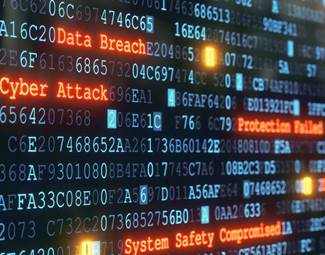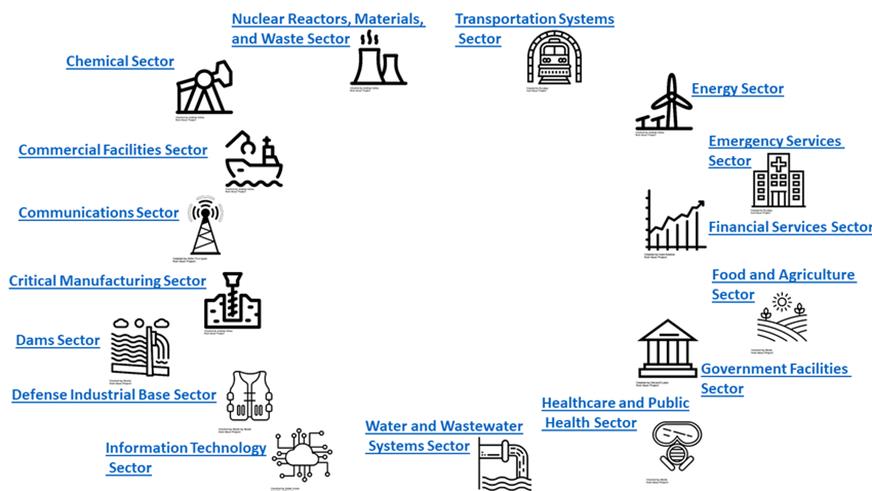Free Courses Sale ends Soon, Get It Now


Free Courses Sale ends Soon, Get It Now



Disclaimer: Copyright infringement not intended.
Context
What is critical information infrastructure?
Why is CII classification and protection necessary?
Case Studies
How are CIIs protected in India?
CRITICAL INFORMATION SECTORS

|
NCIIPC National Critical Information Infrastructure Protection Centre (NCIIPC) is an organisation of the Government of India created under the Section 70A of the Information Technology Act, 2000 (amended 2008), in 2014. Based in New Delhi, it is designated as the National Nodal Agency in terms of Critical Information Infrastructure Protection. It is a unit of the National Technical Research Organisation (NTRO) and therefore comes under the Prime Minister's Office (PMO). Its objective is to facilitate safe, secure and resilient Information Infrastructure for Critical Sectors of the Nation; To take all necessary measures to facilitate protection of Critical Information Infrastructure, from unauthorized access, modification, use, disclosure, disruption, incapacitation or destruction. |
© 2024 iasgyan. All right reserved